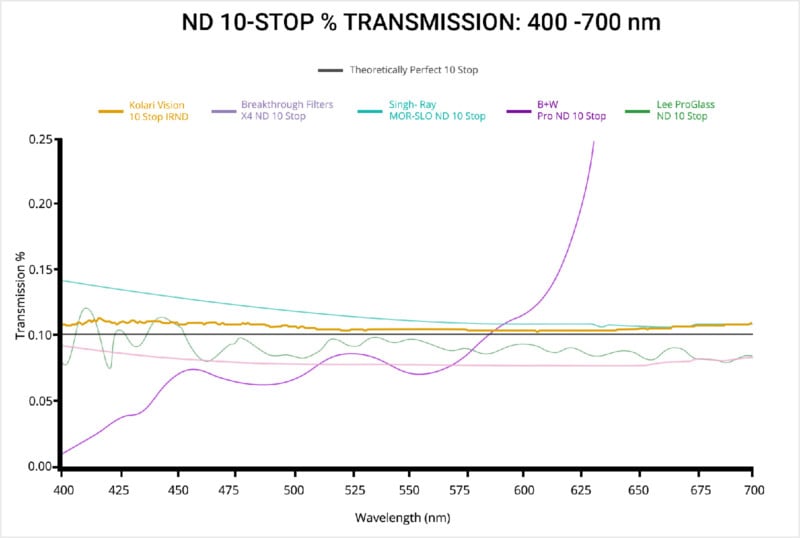![]()
Kolari Vision has just unveiled a line-up of high-end, ultra-rugged drop-in filters for Canon’s special EF-to-RF mount adapter with a built-in filter slot. According to Kolari, not only are these the first third-party drop-in filters actually shipping to consumers, they’re also some of the most durable and high-quality filters money can buy.
While Kolari is first to market, they are not the first to announce a third-party option for Canon full-frame mirrorless users. That distinction goes to Breakthrough Photography, who unveiled their drop-in filters at the beginning of August.
But speaking with Kolari Vision owner Ilija Melentijevic, he tells PetaPixel that there are several important reasons why you might want to consider their options, and not just because you can buy them right now (Breakthough’s filters don’t ship until September 25th).
![]()
According to Melentijevic, there are five main reasons the Kolari filters stand out:
- Ours is CNC machines aluminum
- We use a gorilla glass substrate for the ND filters, the only one of its type.
- We’re aiming for the top with our ND filters in general, and have the data to show our 10 Stop is flatter than anything else on the market, even Breakthrough. We’re investing aggressively and won’t stop until we have the best filter in every category.
- We offer more options for multi spectral. Breakthrough is offering one 720 filter, we will be offering a series designed for full spectrum cameras including 590, 665, 720, ultraviolet, and our IRChrome. This will open up UV and IR to lenses for which no filter currently exists.
- Maybe most distinctly, we are launching in parallel here a clip filter system for the RF mount that can be used in tandem with the drop in, or alone with native lenses, offering potentially two spots behind the lens to put filters for extra combination options.
Alongside these filters, the company is planning to introduce some specially modified and calibrated unfiltered versions of the Canon EOS R5 and EOS R6, where they put the IR filtration into the clip filter instead of modifying the sensor. This allows for a user-interchangeable OLPF system like some RED cameras have and some Sigma DSLRs had in the past.

As of this writing, you can already order Neutral Density, Infrared, Ultraviolet, IR/UV Cut, and IRchrome filters, with a Circular Polarizer and Variable ND filter listed as “Coming Soon.” In terms of pricing, the filters range from $100 for the various IR filters and the IR/UV Cut filter, to $150 for that 10-stop ND filter, all the way up to $300 for the UV bandpass filter.
To learn more about any of these drop-in filter options—and their clip-in counterparts—or if you want to order your own, head over to the company’s website.
Author: DL Cade
Source: Petapixel



